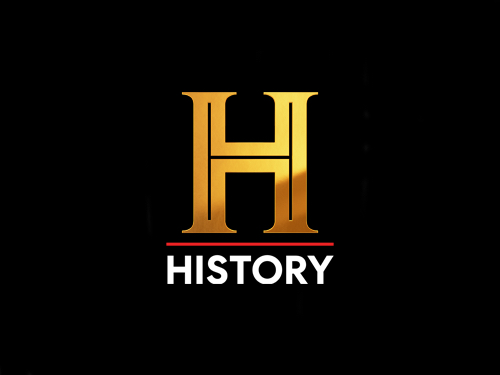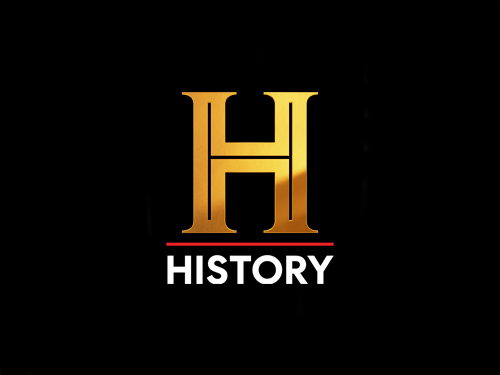On This Day: Parliament Raises the Pride Flag for the First Time in History

Unsplash
On this day in 2016, the Pride flag was raised with the Prime Minister on Parliament Hill for the first time in Canadian history.
On Parliament Hill in Ottawa, Ontario, Liberal MPs and other MPs from different political parties joined Prime Minister Justin Trudeau as he raised the flag in front of Centre Block. The ceremony marked the beginning of Pride Month in recognition of the LGBTQ2S+ community who fought for Canadian rights.
“This is a great day for Canada and it is part of a long series of milestones this country has hit over the years,” Trudeau said.
“It hasn’t been easy, it hasn’t been automatic. A lot of people fought for a long time for this day and for the many days that led up to this day to happen.”
That same year, Trudeau became the first sitting prime minister to walk in a Pride parade when he participated in Toronto’s festivities. Since 2016, Ottawa has raised the Pride flag at the start of every Pride Month.
See also: The Government of Canada Formally Apologizes for the Komagata Maru Incident
Origin of the Pride Flag
In 1978, Harvey Milk became the first openly gay elected official in the United States. The activist urged artist and drag queen Gilbert Baker to create a symbol that best represented pride for the gay community.
Baker initially chose the flag because to him it was the most powerful symbol of pride. The original flag had eight different colours. Hot pink was on top, representing sex, red was for life, orange for healing, yellow for sunlight, green for nature, turquoise represented art, indigo for harmony and violet for spirit. San Francisco’s Gay Freedom Day Parade showcased this version of the flag on June 25, 1978.
After Milk was assassinated in November 1978, demand for a pride flag grew. The original flags were made by hand, but the increase of popularity lead to them becoming mass-produced. Due to this change, hot pink was removed, followed soon after by turquoise in 1979. The colour indigo was also changed to blue.
Today, the Pride flag’s most common stripes are the six colours of the rainbow. The flag is a positive and united representation of the LGBTQ2S+ community around the world.
See also: Meet the Cast of ‘Alone’ Season 10
Other LGBTQ2S+ Flags
There are 21 other Pride flags that represent the LGBTQ2S+ communities like the Transgender flag, the Progress Pride flag, the Non-binary flag, the Bisexual flag and the Pansexual flag.
In 2018, queer non-binary graphic designer Daniel Quasar created the Progress Pride flag to help elevate marginalized queer identities even further. The flag has colours of the Transgender flag: light pink, white and light blue. There’s also a brown and black stripe to represent people of colour, and people living with, or those we have lost to, HIV/AIDS.
Additionally, the flag has an arrow pointing to the right “to show forward movement, while being along the left edge shows that progress still needs to be made,” Quasar says in his Kickstarter.
See also: 10 Different LGBTQ2S+ Pride Flags and the Meaning Behind Them
